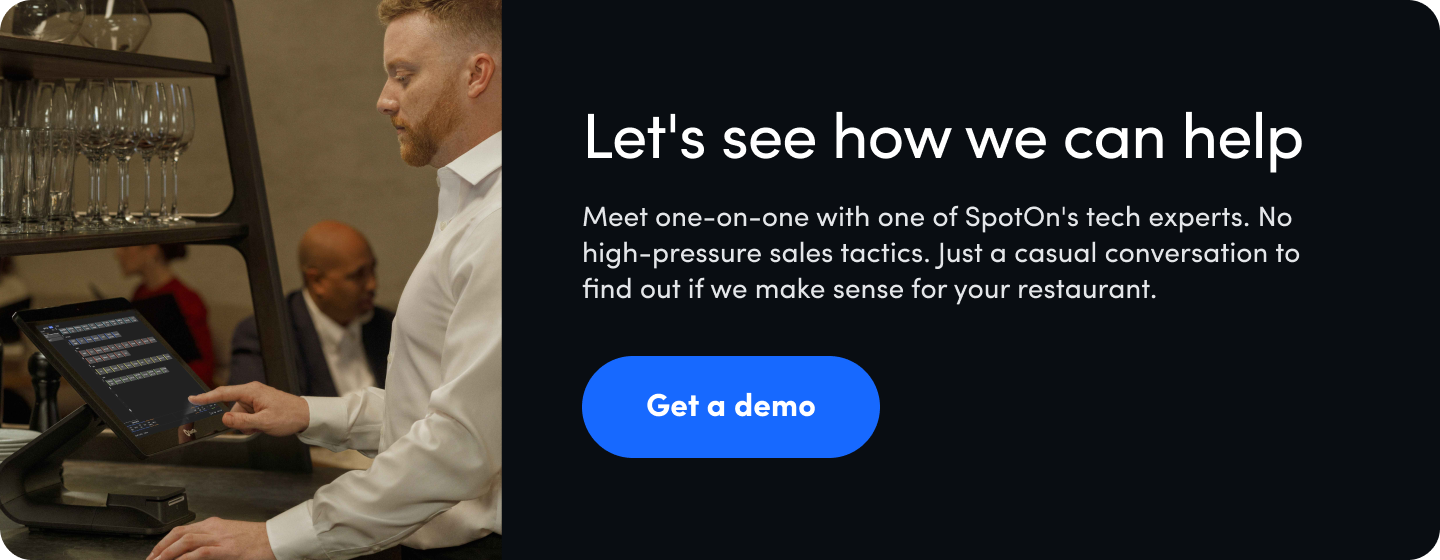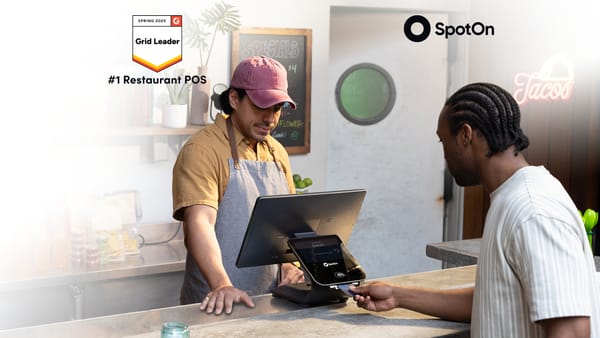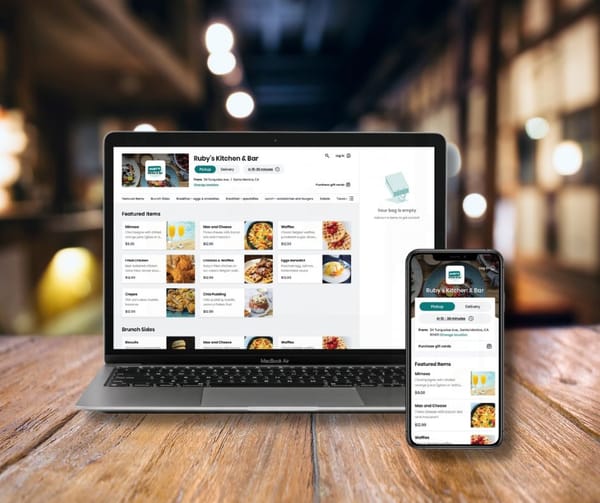For every part of a job that excites and challenges, there's tedium. Cleaning duties, admin work, and schmoozing with dull coworkers might not be what gets you out of bed in the morning. But these ongoing tasks are key ingredients for success. Beloved or not, they're part of the job.
In the hospitality industry, these work duties are known as "sidework." Sidework is composed of the cleaning, organizing, and prep work that servers do to set themselves up for a successful shift. It's often completed pre-shift or post-shift, or sometimes mid-shift if guest traffic is low. Sidework can't pull servers away from potential tips and in many states, it can't take up more than 20% of a server's workload. But for many, sidework tasks are a favor for your future self that, once complete, improves the guest experience and helps the restaurant server cover tables more efficiently.
What are typical sidework tasks?
The sidework checklist depends on the restaurant's concept, staffing, and division of labor. A fine dining concept might require more cleaning and organizing duties, but also have designated staff members to complete this work so it doesn't fall solely on the servers. A more casual concept with a leaner staff might require a longer server sidework checklist, distributing the tasks evenly across the team.
Server sidework is either assigned by shift time, with openers and closers taking on different tasks, or assigned by staff member, with each staff member taking on the work tasks that will make their shift successful. When creating a server sidework checklist, start by identifying everything that needs to be accomplished to set the restaurant up for a successful shift. This includes cleaning, organizing, refilling, and general preparation. From your work checklist template, sort these tasks by category and when they need to be completed: by opening, by mid-shift, or by closing.
The opening server sidework checklist
The central goal of the opening server's sidework is to prepare the front-of-house for guests and set the back-of-house up for a productive shift. The opener might flip the door sign or place the a-frame sign on the sidewalk, organize the host stand, fluff pillows, and set out and light candles. One last sweep or mop to pick up any dust that has gathered overnight Anything that might have slumped out of place from the night prior should be reset. This is especially important in fine dining, where the experience involves the ambiance as much as the food.
Opening servers should also ensure adequate silverware, glasses, and table settings for the shift ahead. This might entail rolling silverware at a more casual spot or polishing smudged forks at an upscale restaurant. Once the utensils are ready for prime time, servers can turn to setting tables, refilling table condiments, and preparing kids' coloring packets to get ready for the first seating. Servers might help the bartenders and kitchen staff with their restocking duties by preparing garnishes and replacing salad bar items.
While most of the cleaning tasks are on the closing server's work checklist, the opening server might also clean the bathrooms, sweep the patio, and wipe down outdoor tables. If your restaurant stores patio furniture at the end of the night, the opening server can be tasked with putting it out for the first shift.
When the opening server's work checklist is complete, the dining room should be sparkling and prepped for the day's guests.
The mid-shift checklist
A slow shift for a server defies the laws of space and time. 8 hours in a busy restaurant is far more enjoyable than 8 hours in a slow one (plus, it pays better). Still, a slow shift presents an opportunity to complete some of the many cleaning tasks and to-do lists that ensure the restaurant keeps running smoothly. During a slow shift, take some time to wash coffee machines, napkin dispensers, and other objects that need some TLC.
Ideally, you'll have support staff like food runners and bussers to keep the front- and back-of-house operating like a well-oiled machine even when you're slammed with guests. But in some circumstances, a restaurant server might need to pitch in to restock the canned drinks and wine bottles that are flying off the shelves and start organizing silverware and clean dishes for the next crush of customers.
The closing checklist
Closing tasks include a share of the cleaning duties as well as re-setting tables and helping with prep work that can be done in advance. A server's closing duties often depend on when the server is cut from the dining room. Servers cut earlier in the night might have more sidework to complete, versus the servers cut later who can focus on the night's final tasks and call it a day.
Non-negotiables on the closing shift checklist are trash removal and breaking down boxes for recycling, putting food or condiments away that need to be refrigerated overnight and dumping excess from the drink station. Then, there's the cleaning sidework: cleaning the beverage and server stations for tomorrow's shift, as well as any high-touch areas. It's the closing server's job to ensure no perishable food or grime lingers overnight by the salad bar station, drink station, or dessert station. Taking down outdoor umbrellas and tables is another key closing task, completed when the patio closes (if at a certain time) or when the last guest has closed out.
Kitchen and bar staff will have their own side work checklist, which will impact how much of the work becomes the server's side work tasks. If a restaurant has a barback, they are often the staff member designated to prep bar garnishes and restock liquor bottles. If not, it might fall into the server's duties. The same goes for the kitchen. During a busy shift, the back of the house can take a beating. Ensure your kitchen team has enough bandwidth to manage the many dirty dishes and overflowing trash bins. Keeping the restaurant clean is a shared effort and can't just fall on any one staff member or shift team.
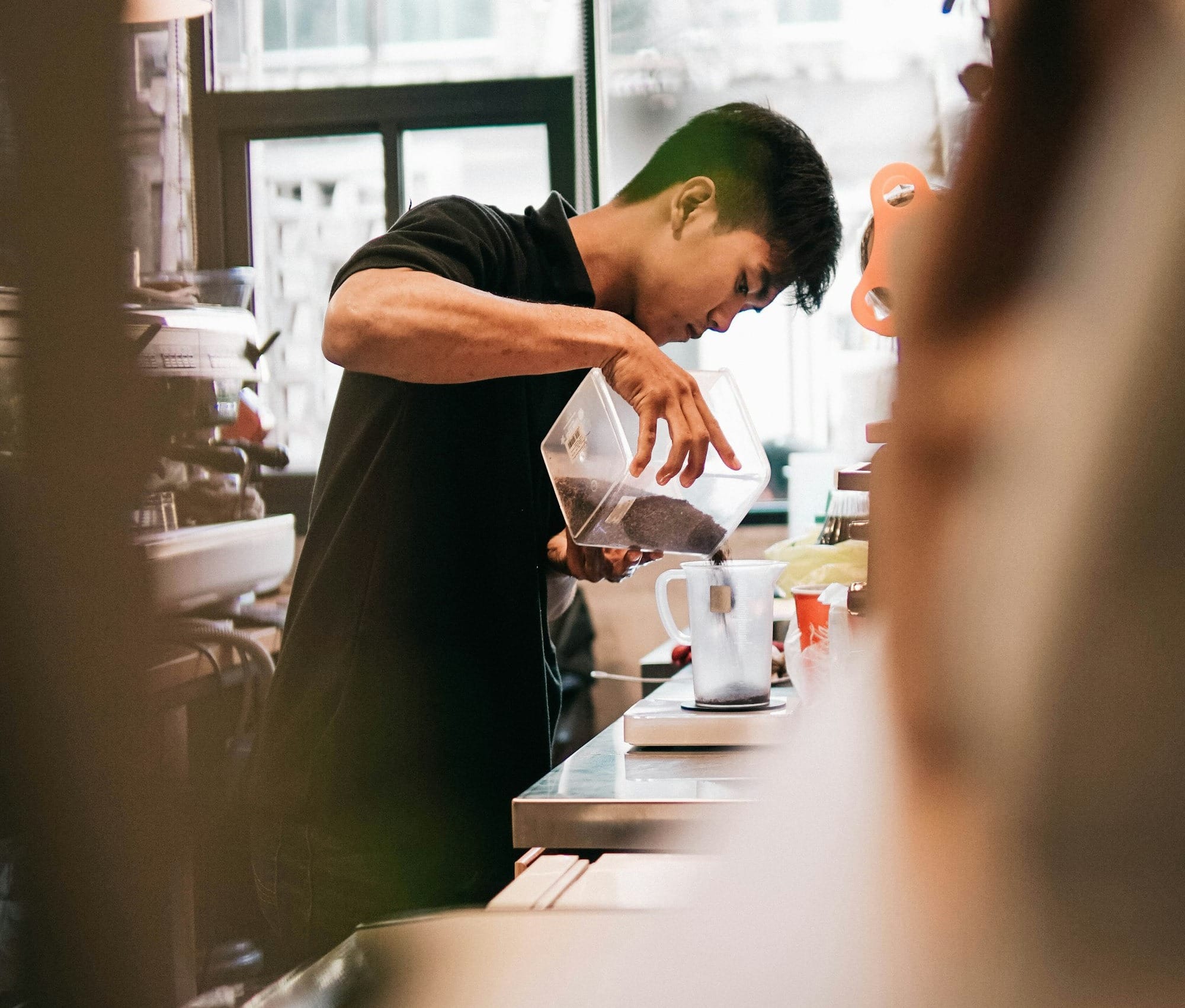
What should a restaurant manager know about sidework?
The 80/20 Rule
The most important thing managers should know about sidework is the 80/20 rule. Generally speaking, under the 80/20 Tip Rule, any employee who spends more than 20% of their workweek performing tasks that don’t specifically generate tips is not eligible for a tip credit and must be paid the full federal minimum wage.
This impacts restaurant managers in a few ways. First, you need a way to track tip-producing and directly supporting work for front-of-house staff. Whether this is done manually or by creating job codes through your restaurant POS system, create a policy and communicate it to your staff during onboarding and in your employee handbook.
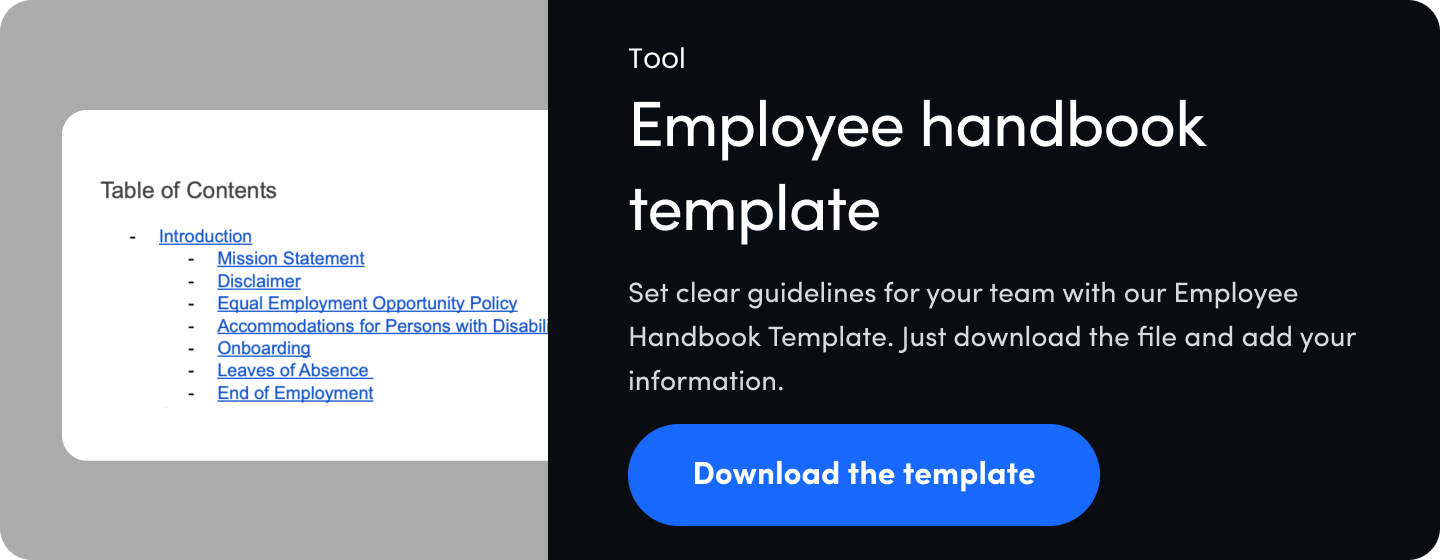
What should a restaurant server know about sidework?
Sidework is the topic of much debate among servers. Every restaurant has its own way of distributing sidework, which can spark some strong opinions. If a restaurant takes a reasonable approach to the sidework, servers should remember that by maintaining a clean workspace and keeping all the resources you need fully stocked, you're delivering better service, likely resulting in better tips. It's supporting work to the main job of serving. But just as there are no small roles in theater, there are no small tasks in restaurants.
If sidework starts to intervene with your service, or you're finding yourself deep cleaning the gas stoves and refillling the soda machine hours past closing, it's a good idea to track your sidework tasks and discuss the workload with your manager. Sidework only works when everyone does their fair share. So put on some background music, make some fresh coffee, and grab the trash bags.

5 tips to make sidework duties a breeze
As a manager, it can be difficult to motivate your team while adding more and more items to your restaurant server sidework checklist. The work needs to get done, but it shouldn't come at the cost of employee wellbeing. Here are some tips on how to make sidework less of a drag to the ultimate benefit of your restaurant operations.
1. Keep a side work checklist
When life feels stressful or work is overwhelming, the same rule applies: make a list. Keeping a work checklist, either as a physical document or a digital checklist, has myriad benefits. First, it increases transparency, so each staff member is aware of another's responsibilities, and no one feels unfairly burdened.
A laminated printout and dry-erase marker are typical tools to track progress on employee sidework. But, depending on the tech savviness of your team, you might consider using restaurant management software to communicate with your staff and delegate sidework tasks ahead of shift time.
2. Balance the load
When sidework falls unfairly on a certain staff member, it can sour an employee's experience quickly. As you create a work checklist, rate each task on a scale of 5 from easy to difficult. This helps ensure no one employee takes on all of the day's hardest tasks. Perhaps your opener has 8 relatively easy server side work tasks to complete, like restocking toilet paper and refilling coffee beans, so your closer's sole focus can be resetting the table arrangements.
3. Put it in perspective
Monotonous as it can be, sidework shouldn't feel like punishment. It's a stop on the way to restaurant operations working properly. Use pre-shift or other time with your employees to communicate that while refilling receipt paper is nobody's favorite, it enables the team to keep serving customers efficiently. It must be done. A job where someone enjoys 100% of the tasks and knows exactly what to expect each day? It doesn't exist.
4. Be flexible
As a manager, you're spinning plates while juggling a soccer ball. There are a lot of moving parts to keep in order. But when it comes to sidework, flexibility is your friend. If staff members want to swap tasks or work through their checklist in a certain order, let them. As long as it all gets done, it's important to give people ownership over their work.
5. Reward good work
Cleaning the salad bar station lacks the glamor of martini shaking and the joy of depositing a bread basket. Sidework can feel thankless. Noticing a complete opening server sidework checklist, an avid follower of kitchen safety duties, or a server who is the first to jump in and help with the remaining prep ingredients can have a big impact.
The worst-kept secret to a restaurant's success
If you've ever wondered how the sausage gets made, look to sidework. With food costs and labor costs skyrocketing, keeping a lean and effective staff is essential. When glasses break, sauces spill and dust accumulates, the work checklist can feel never-ending. But it's an inextricable part of a restaurant job. Take it on with a smile, set the security alarm, and do the whole thing again tomorrow.
